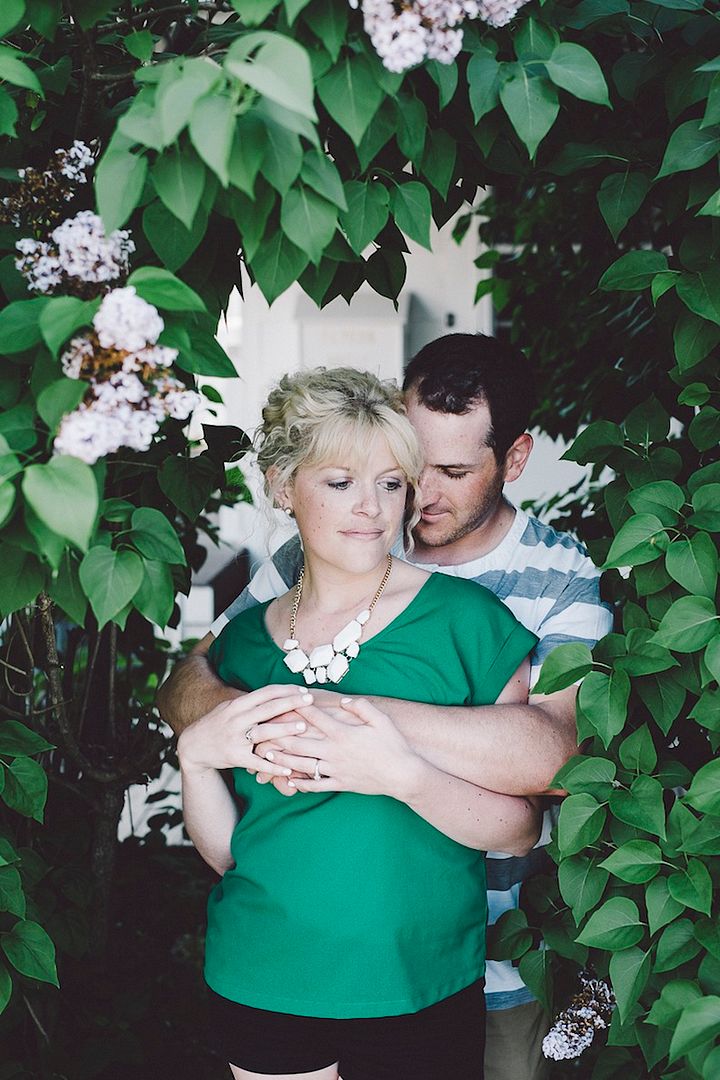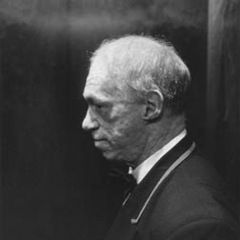Switch (cheap) to the X: LAST X-DEALS DAY! + “The snake which cannot cast its skin has to die” (FR-readers switch eXperience… and songs)
This is the last day to make your swich as cheap as possible. Thanks to Rico’s (great) first look (which will be updated several times, so check it every now and then) you know a lot more about the X-M1. This will help you to decide wheter to go for the X-E1/X-PRO1 or wait for the X-M1. Check the crazy X-superdeals here at AmazonUS, BHphoto and Adorama [Adorama offers a lot of accessories, while Amazon has a 2% reward].
_ _ _
The snake which cannot cast its skin has to die. As well the minds which are prevented from changing their opinions; they cease to be mind. –Friedrich Nietzsche (via Jensen).
_ _ _
– Jensen:
“have a tumblr post describing my primary reasons for switching to the Fuji X-E1 here.” Here some extracts of his experience with the X-E1:
“I have switched, swapped, paired, replaced and revisited my imaging toolkit at least twelve times. […] At long last, I have made my decision. I’ve finally settled—and let us be clear that it is indeed settling, no matter how satisfied I am—on Fujifilm X series interchangeable lens cameras […] Every camera system I have used has had issues—major issues—of one kind or another. Instead of talking about that, I’ll tell you what, in aggregate, made this the camera system for me. […]
It’s small. Small enough, anyway […] But, large enough to hold and handle comfortably.
High quality lenses are produced by the company that produces the cameras. […] The “kit” lens defies that very moniker offering a brighter aperture than every other competitor in every class of interchangeable lens camera and, more importantly, an aperture range and performance level that allows me to consider it a first class lens in my set rather than just something I’d fall back on if needed.
On my X-E1, without even powering on the device, I can select shutter speed, EV compensation, and aperture values (on lenses without variable aperture). The most important settings are immediately available and visible at all times.
The JPEGs produced by this camera are top notch. They continue to best the external RAW processors for pure detail rendering from the X-Trans RAW images, and when you appropriately apply the film simulation modes, the results are stunning. I have never used a camera where I have had so much satisfaction from the JPEGs it produces. It is already beginning to change the way I go about making and processing images in some circumstances.
Unmatched (in its sensor class) low light results. There is a downside to this, which is the base ISO is a high 200. However, I would rather expect to stick an ND filter on in the rare cases where I need slower shutter speeds than give up the one stop advantage this camera holds over the other APS-C compact cameras. It’s simply a matter of taking in more light on the sensor. There is no special magic here. The sensor is the same 16mp sensor Sony sticks in several of its own cameras. But, the low pass filters eat up a lot of light. Getting rid of them entirely (rather than replacing them with a benign construct as is done on some cameras for the sake of manufacturing tolerances) frees up a large amount of light and that is why the base ISO is 200 and the performance at 6400 is on par with 3200 on the competition. This is why it really does compare to full frame cameras at higher ISO shooting. Same exposure times, similar noise levels. Just avoid 100 ISO since it’s faked in JPEG and results in the loss of some dynamic range.
Most importantly, this decision frees up my mind to simply enjoy photography again without always wondering if I’m really happy with the tools I’m using to do so. I have a little bit of a Merkin Muffley feeling going on. So, now you know how I learned to stop worrying and love the camera I picked.
Jenses
– Evan:
In early 2012 I watched a video posted by Zack Arias – he had just traveled to Mumbai and shot with the Fuji X-Pro 1. I had heard of the camera, but never paid close attention to it. For the past five years I had been using Canon gear for my wedding and portrait work – I was addicted to fast primes and large bodies that felt ‘professional.’ Zack’s video started to change my outlook and interest in the Fuji X system grew.
In early May of 2012 I came across the opportunity to trade my Canon 5D MKII for a used X Pro 1 and the 18 & 35mm lenses. I had been plagued with autofocus issues (back focus, back focus, back focus!) and no amount of fine tuning seemed to turn the tide. I jumped on the trade and parted with a good chunk of my Canon gear. My first impression? I was disappointed. I was in love with the styling of the X Pro 1 and I was in love with the files that it produced, but the autofocus capabilities of the early firmware meant that I never really used the Fuji system for wedding work. From time to time It would capture a personal photograph and I’d end up telling myself that it would make an appearance at the next wedding, except that I would always retreat into my ‘Canon comfort zone’ and shoot from behind a cloak of familiarity.
As the wedding season progressed the weight of my gear bags increased. I was carrying more primes; from the 50 1.2L and the 35 1.4L to the 135 2.0L. I purchased the new 600EX speedlights to take advantage of their wireless capabilities. By January of 2013, the Canon bodies, lenses and speedlights totalled 25KG. Silly. The X Pro 1 was starting to look tempting based on its weight and size alone. I updated the firmware on both the body and lenses and crossed my fingers. I tackled small assignments. Loved it. I slowly introduced it into weddings. Loved it. Is it as fast as my Canon 5D MK1 or MK III? No. Do I have the same selection of lenses? No. Am I having fun? Absolutely.
I used to shoot with Nikons before moving into Canon. At the time I cursed myself as everything was foreign and I wasn’t able to anticipate how the equipment would respond in certain situations. With time I learned to work with the quirks and at this point I don’t even think about them. Second nature, just like shoe laces. As a documentary wedding photographer I need to move quickly and quietly. I don’t like to stand out – I would rather watch the day unfold through my camera. In using the X Pro 1 I’ve had to adjust how I shoot to accommodate a new set of quirks, but I find that I’m less obtrusive, I make less noise, and at the end of the day my back and shoulders thank me. I can’t rely on it for everything (low light work without flash will still fall on the shoulders of my Canon gear), but it will be responsible for capturing a large portion of any given wedding day – I’m looking forward to sharing those images as the summer wears on! There are a handful of photographers online who use Fuji gear for wedding work, but I would love to see more, especially as I push the system more and more. Hopefully this post helps pique the interest of those who haven’t held an X-E1 or X Pro 1.
At this point in time I’m much happier with the autofocus capabilities. I’m still holding out for the 23mm and 56mm lenses, but those will be here soon enough. The dynamic range is incredible, tones are beautiful, and I love shooting in strong light. I’m not quite accustomed to the angle of view that the 18mm provides, but shooting with the 35mm (all of the images in this post were taken with this lens, set at f2.8 or less) is a pleasure. Its sharp, its punchy, it just feels solid.
Onwards and upwards. Cheers, Zack. And cheers to you, you little camera that could.”
Evan
– Scott:
I was never really a fan of the DSLR. It is big, clunky, nothing is tangible. It is too automatic. I learnt on film and liked the slowness of it. I would never take my DSLR anywhere. Buying the fuji x-e1 has helped re-inspire, has reminded me what I liked about photography. That being said, it is not without it’s flaws. I own and use the d800, 5d3 and x-e1 for work and i can say this.
The X-e1 is the most enjoyable camera to use – especially when I have time to think. However, when compared directly to the d800 or the 5d3, the image quality is lacking.
A simple comparison.
D800: AMAZING IMAGE QUALITY, but a real pain to use. Slow focusing, green LCD, doesn’t fit in my hand well, processor is sluggish. And then there is the Nikon Service center – horrific customer service for a very glitchy camera.
The 5d3 is the fastest camera with the most useful operations in an event environment, image quality is adequate but nothing exciting, but this camera is a good performer. Programable memory banks make this camera.
Fuji X-e1. Small and super fun to use. Love the digital view finder. It’s too slow to use in any type of fast paced environment and the image quality is lacking when compared directly to full frame options, but it is a purist camera and makes you think about your shots.
My wish would be for a full frame fuji x with image quality similar to the d800 and faster processing times. That would be my dream camera. I know full frame is unlikely, so I can at least ask for focus peaking [admin: will come in July] on the next go around, and a faster processor – but that’s pretty certain.
In terms of shooting primarily for events, I cannot switch my main camera to the fuji X yet because it’s just too slow for focus [admin: also faster focus will come in July ;)] etc – but as a second camera to be used in moments when you can think, it is a real pleasure to use and doesn’t weight much.
Lenses: XF 35 1.4 – Leica 50mm f2 – Leica 90mm f2 – TAIR 11A 135mm
www.scottruddphotography.com
www.scottruddevents.com
www.scottruddmusic.com
you can listen at Scott’s songs here
Scott





